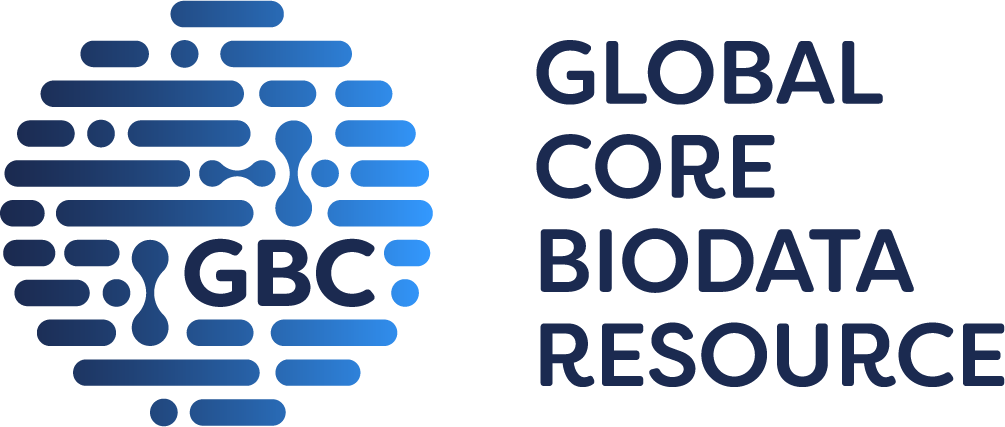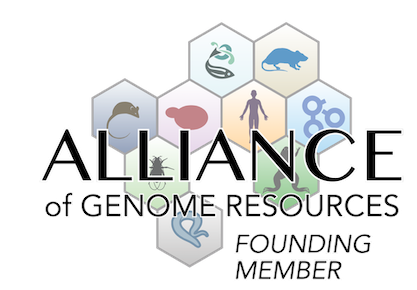neoplasm
|
• following administration of inhaled adenovirus cre, mice develop fewer lung tumors than in Krastm4Tyj/Kras+ Pik3r2tm1Lca/Pik3r2tm1Lca or Krastm4Tyj/Kras+ Pik3r2tm1Lca/Pik3r2tm1Lca Pik3r1tm1Lca/Pik3r1+ mice
|
respiratory system
|
• following administration of inhaled adenovirus cre, mice develop fewer lung tumors than in Krastm4Tyj/Kras+ Pik3r2tm1Lca/Pik3r2tm1Lca or Krastm4Tyj/Kras+ Pik3r2tm1Lca/Pik3r2tm1Lca Pik3r1tm1Lca/Pik3r1+ mice
|



 Analysis Tools
Analysis Tools